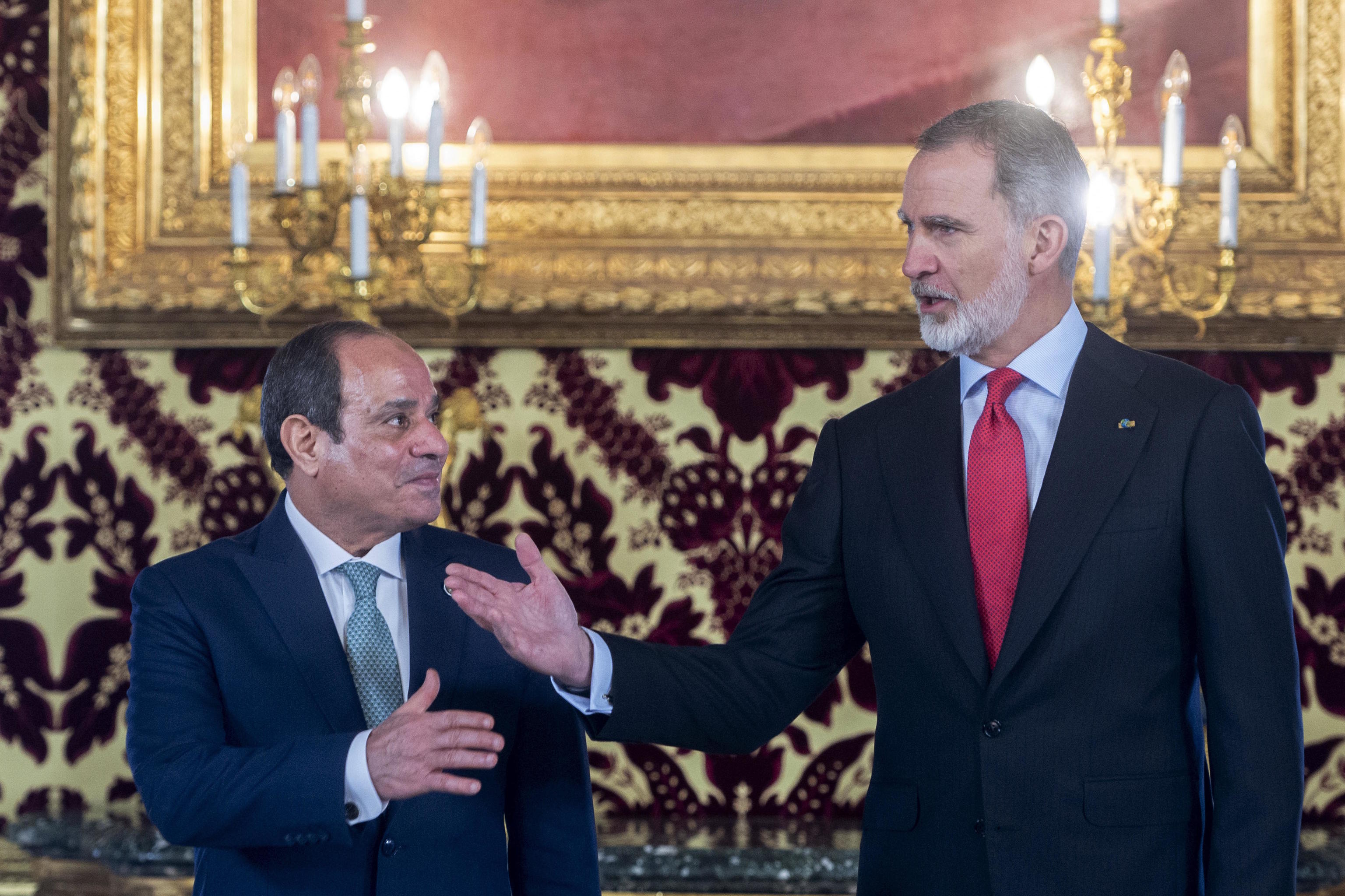Spain's military spending is under scrutiny. The arrival of Donald Trump at the White House has sparked an offensive for NATO countries, and also the European Union, to increase their investment. The Moncloa retreats and maintains its position. Their mission remains to reach 2% of GDP by 2029 and only open the door to accelerate investment if the European Union articulates "joint mechanisms to finance and increase our security and defense capabilities."
An indication that the Moncloa does not plan to go on the offensive is that the Annual Procurement Plan of the Ministry of Defense (PACDEF) for the year 2025, published just a few days ago, contemplates Defense signing contracts worth 4.2 billion. In 2024, that forecast was 4.079 billion. The Annual Procurement Plan of the Ministry of Defense was published on February 5 in the Official Bulletin of the Ministry: "Resolution of the Secretary of State of Defense, approving the Annual Procurement Plan of the Ministry of Defense for 2025 (PACDEF-2025)." This document provides insight into the contracts that the Ministry of Defense intends to tender and/or award in the following fiscal year.
By that time, Trump had already demanded that NATO member countries increase their defense spending to 5% of GDP, and Pedro Sánchez had already met with Mark Rutte, the Alliance's Secretary-General, who brought to the Moncloa the "urgent need to invest more" in Defense "now," because the 2% target set a decade ago "will not be sufficient to face tomorrow's challenges." Rutte precisely outlined the new Defense investment target, which will most likely be agreed upon at the Alliance's meeting next June in The Hague. "Considerably more than 3%."
Specifically, for the current year, the department led by Margarita Robles contemplates a total investment of 4,242,176,917.18 euros, divided into 7,499 contract proposals. The breakdown of the contracts includes 3,098 initiatives for the Army, amounting to 1,294,324,918.62 euros; the Navy has in its plans 2,011 contracts totaling 1,016,994,627.20 euros. In turn, the Air and Space Force intends to tender 1,346 contracts for a sum of 410,303,726.84 euros. The rest of the planned investment is distributed among the Central Organ -873 contracts with an investment of 1,391,196,481.98- and the Defense Staff (EMAD) -129,357,162.54 euros for 171 contract proposals.
This investment will be deployed in various areas: armament and material, research and development, infrastructure, information and telecommunication systems, operations, healthcare, training, and personnel.
The Annual Procurement Plan also includes that "additionally," 59 framework agreements are included, divided into 139 lots, with an estimated global value of 1,456,644,356.39 . These framework agreements do not entail a commitment of expenditure because they are not contracts themselves; they simply establish the conditions to which contracts based on them must adhere during their validity period.
According to Hacienda, a framework agreement is a technical rationalization instrument for contracting consisting of pre-establishing a series of conditions or terms that will be common to all contracts awarded during the validity of the framework agreement. This system simplifies the processing of contracts and allows for the inclusion of state public sector bodies or entities not included in the mandatory scope of centralized contracting.
The Minister of Economy, Carlos Cuerpo, reiterated yesterday Spain's "clear commitment" to continue increasing military spending to 2% of GDP, but in an interview on La 1, he added that we are in a situation that should lead the European Union to increase that investment "from a completely community perspective." "It is not simply about increasing all our spending as a percentage of GDP, but about doing so in a coordinated manner, considering the defense capabilities we have as a continent."
According to data from the Real Instituto Elcano, between 2014 and 2024, Spain increased its spending by 10.215 billion euros, rising from 9.508 billion to 19.723 billion, an increase of 107%. However, according to NATO data, military investment in 2024 accounted for 1.28% of GDP, placing our country as the red lantern of Alliance members in military spending, being the one that spends the least proportion of its GDP on Defense. An explanation for this data is provided by Elcano, and is shared by the Government: "The growth of our economy during that period (2014-2024) dilutes its visibility: in terms of GDP, our defense spending increased by less than four tenths - specifically, 0.36% - going from 0.92% to 1.28% of GDP."
The analysis by Félix Arteaga, Senior Researcher at the Real Instituto Elcano, concludes that to continue gradually progressing towards the agreed objective, the Government would have to reach 1.39% of GDP in 2025, increasing from 19.723 billion euros in 2024 to 21.564 billion, and redirecting the budget increase in the following years.
ISSUES WITH THE 8X8 ARMORED VEHICLES
DELAY. The Secretary of State for Defense, Amparo Valcarce, reiterated yesterday that the industry "must do more" to ensure that the production of the new Army's 8x8 Dragon armored vehicles is ready, but has not provided a specific delivery date or specified whether companies will be fined for the delay.
348. After recalling that this program is the "most significant" for the Army, the number two at Defense explained that the 8x8 envisions 348 units of these armored vehicles, with an investment exceeding 2.5 billion euros.
MANUFACTURER. Its manufacturer is Tess Defense, a consortium formed by the companies Escribano, Indra, Santa Bárbara Sistemas, and SAPA. The first 92 units were supposed to be delivered last December.
